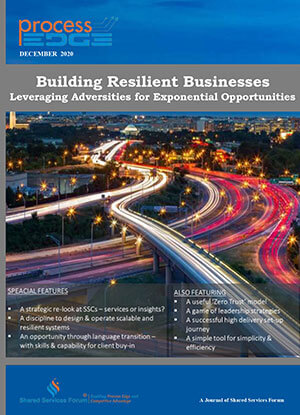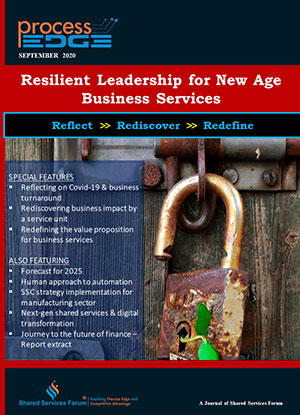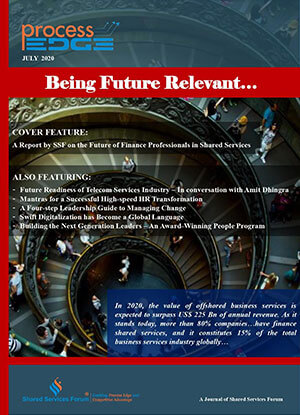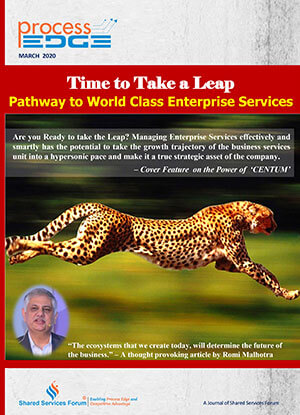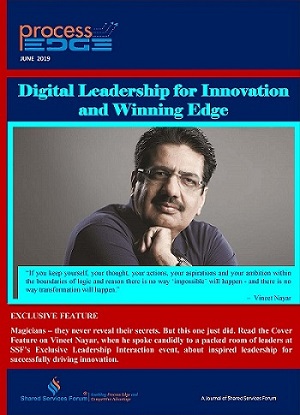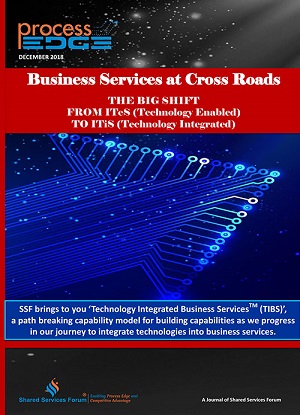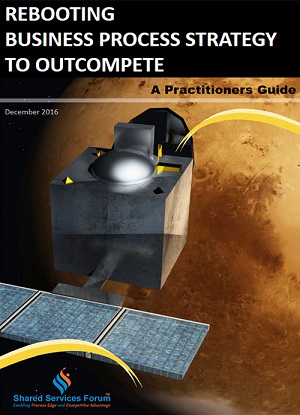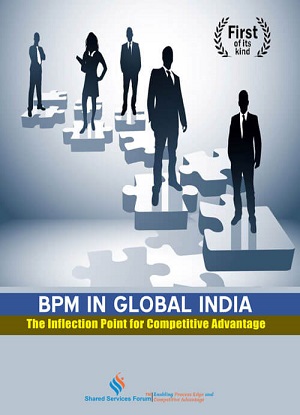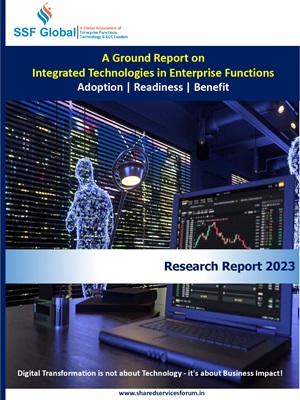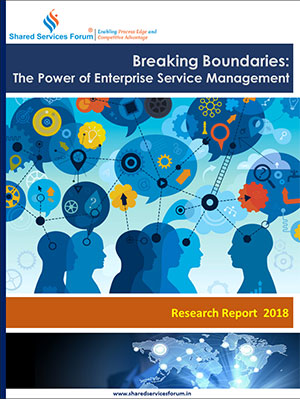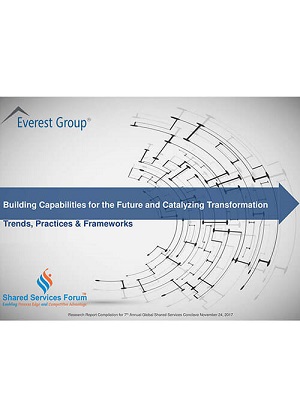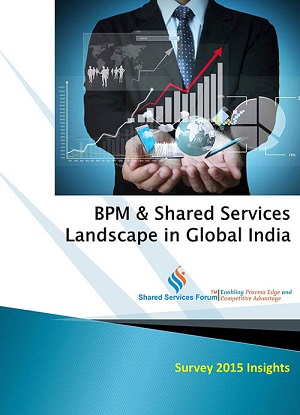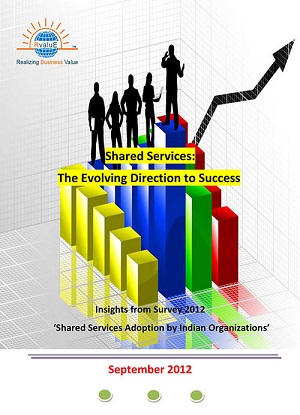
Would you like to start a conversation with other industry leaders to brainstorm a challenge or to just know more on a particular topic?
Engage in online discussions with your Peers
Start Now2017 has seen incredible buzz around automation and how it will impact enterprises deeply in the long term. The field of what is known as automation itself is fairly vast and rife with a variety of definitions. It covers everything from simple scripts written for automating simple tasks to cutting edge AI-driven technologies like (automated) driverless cars and autonomous drones.
To keep the definition of automation manageable for this post, I shall only consider products that the market calls by the moniker Robotic Process Automation (or RPA) platforms. RPA platforms, in a way the most visible manifestations of the move towards automation that enterprises are getting to hear about and try out, are predicted to grow at greater than an eye watering 40% in 2018 according to some analysts.
While stabilization and scaling of existing features has been a focus for some platforms in 2017, some others have focused on broadening their feature sets this year, especially in their move towards a more AI / cognitive driven set of features.
This kind of variability between the RPA platforms makes the task of predicting what lies ahead for them in 2018 difficult. However, our attempt at this prediction is based on what we are hearing from our clients and also the strategies that we are seeing some of our product partners adopt.
Year of ROI
2017 saw murmurs of discontent in enterprises on how RPA was not really delivering them the returns that they were hoping for. While the product providers have not made it any easier to estimate ROI due to their complicated pricing models, the main blame for this should lie with organizations who exuberantly went about automating processes without any care for its impact.
2018 will see organizations focus on automation ROI as THE critical driver in decisions on what should be automated (and what should not be). These decisions will be increasingly driven by (operational) data from the real world, and less by gut instinct. Professional services firms can play a big role in driving such sanity.
Focus on the basics
While it is indeed true that the field of AI has progressed significantly in the past few years, it is equally true that there is good AI / machine learning (ML) talent in the market who can help organizations exploit AI features in RPA tools. We have also seen that clients across the board are looking for education on what AI is – the very basics.
This leads us to believe that the vast majority of use cases implemented on RPA in 2018 will be ‘standard’ automation use cases that don’t involve AI / ML at all, along with a few well understood AI capabilities like OCR. We do not foresee a large trend towards the use of AI / ML-based automation in 2018.
The coming year will also see RPA vendors invest in building additional governance and monitoring capabilities into their tools, to make it easier for business teams to analyze and track the usage of their bots.
RPA in cloud
2018 will see the move of RPA to the cloud - at least some flavors of RPA targeted at specific segments in the market. This move to the cloud will be in line with the general enterprise technology move to the cloud seen over the past few years. COOs might prefer this model because it promises to further reduce their reliance on the CIO’s team, in addition to potential cost savings driven by shared infrastructure.
Some RPA vendors are already making a move towards such offerings, targeted towards the small and medium end of the enterprise segment. These offerings will also be introduced in conjunction with interesting licensing models which offer COOs greater flexibility in trying out automation approaches in their processes before committing to large budgets on this front.
Greater COO-CIO collaboration
COOs have often tended to minimize the involvement of CIO teams in their RPA implementations, while CIOs have looked at RPA platforms with a wary, I-am-not-quite-convinced eye. This lack of synchronization has proved detrimental to RPA implementations.
RPA implementations, despite their buzz of being “IT-independent”, can definitely benefit from deeper involvement by IT teams – in terms of better governance structures for automation, security, data availability and other critical aspects. 2018 is likely to see the start of COOs and CIOs shedding their mutual wariness and working together for smoother and more robust RPA implementations.
Move towards verticalized offerings
There is some common operational inefficiency pervasive across each industry that automation can help solve for. These problems affect many, if not most, participants in the industry and are potentially open to common themes in automation solutions. This is especially true where part of the process is dominated by an industry leading platform like Sales Force or NetX360 in wealth management or Argus in pharma co-vigilance. (I am not suggesting these platforms are the cause of process inefficiency!).
2018 will see the introduction of some industry-specific offerings. While it is unlikely that the RPA platform vendors will verticalize their offerings (yet), their professional services partners are likely to. Partners are likely to adopt such verticalized offerings as a core go-to-market strategy. This might manifest itself in various forms – pre-built bots, accelerator frameworks to speed up bot implementations and such like. This is likely to mean faster (and potentially, cheaper) RPA implementations for certain clients.
In conclusion, the RPA market will continue to see action and growth in 2018. However, the exuberance that has been seen in the past couple of years will start to tamp down and clients will begin to focus on how automation investments can really deliver returns. The RPA vendors and their implementation partners will have to change their strategies to meet these expectations in the coming year.
Source: Cxotoday






